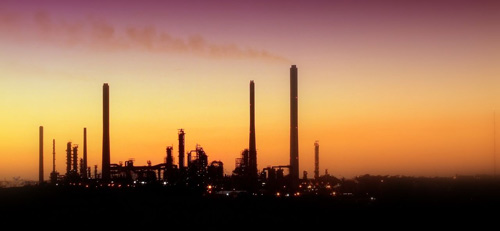Geothermal -- Earth Energy to power the future.

Geothermal power is cost effective, reliable, sustainable, and environmentally friendly, but has historically been limited to areas near tectonic plate boundaries. Recent technological advances have dramatically expanded the range and size of viable resources, especially for applications such as home heating, opening a potential for widespread exploitation. Geothermal wells release greenhouse gases trapped deep within the earth, but these emissions are much lower per energy unit than those of fossil fuels. As a result, geothermal power has the potential to help mitigate global warming if widely deployed in place of fossil fuels.
Some applications of geothermal energy use the Earth's temperatures near the surface, while others require drilling miles into the Earth. The three main uses of geothermal energy are:
The United States Is the Leader in Geothermal Power Generation The United States leads the world in electricity generation with geothermal power. In 2009, U.S. geothermal power plants produced 15.2 billion kilowatt-hours, or 0.4% of total U.S. electricity generation. Seven States have geothermal power plants: California has 34 geothermal power plants, which produced almost 86% of U.S. geothermal electricity in 2009. Nevada has 16 geothermal power plants. Hawaii, Idaho, and Utah each have one geothermal plant.
Courtesy Wikipedia www.wikipedia.com
Courtesy US DOE www.energy.gov